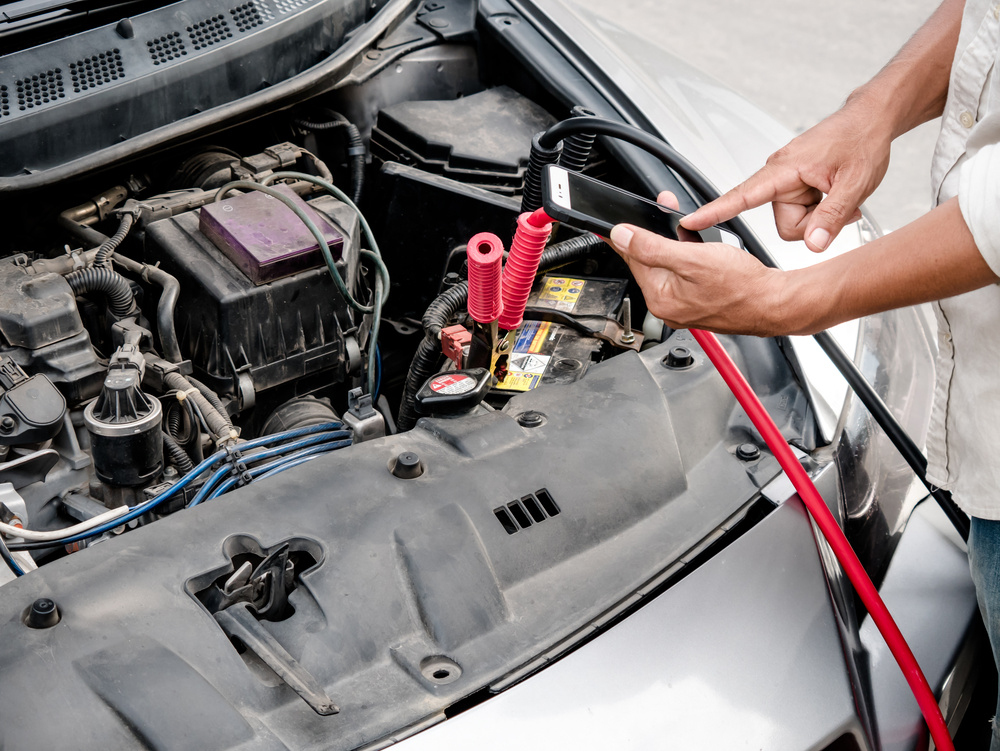There are fewer things more frustrating than turning the key and hearing just clicking or silence – a telltale sign of a dead car battery. While inconvenient, a dead battery doesn’t have to strand you. Whether you’re heading to work, catching a flight, or calling a taxi, it’s important to take smart steps to diagnose the issue. If you don’t have jumper cables or another vehicle, many taxi services can help or even recommend roadside support. Some local taxis are equipped to assist or at least get you to a nearby garage quickly. So don’t panic—call for a jump if needed, safely jump start the vehicle yourself if possible, or contact a reliable taxi and get back on the road without the stress.
Confirm It’s Actually the Battery
Before assuming a dead battery, test electrical components like lights, radio, and accessories. If they are dim or unresponsive, it likely indicates a drained battery. Slow or no cranking at all when turning the key also confirms a flat battery.
However, if accessories seem normal, the issue may involve the starter motor or connections instead. Check battery cable connections are tight. Then attempt jump-starting to figure out if the battery itself is faulty.
Properly diagnose the root cause before taking action to avoid unnecessary battery replacements or service calls when another component is the actual culprit.
Call for Roadside Assistance if Needed
If you confirm through testing that the battery is completely out of juice, consider calling for professional roadside assistance if available through your insurer or membership program. Many will test, jump-start, or replace a dead battery on site for free or a nominal service fee.
Lacking roadside assistance coverage, you will need to pursue a jumpstart from a passing motorist or taxi service. Some also offer to transport you to purchase a replacement battery if unable to successfully jumpstart your vehicle. No matter what, only accept help from reputable, uniformed service providers to ensure your safety during any roadside battery service.
Jump-Starting Basics
Jump-starting a dead battery with cables and a functional donor battery is possible but requires following essential safety rules to avoid sparks or explosion. Only connect batteries with identical 12-volt ratings as mismatched voltages can destroy electrical components. Position the vehicles hood-to-hood perpendicular to allow cable slack during cranking. Before connecting, inspect batteries for dirt, corrosion, leaks or cracks, and never jump-start a damaged battery.
There is a standard cable connection sequence: First attach the red positive (+) cable to your battery’s positive terminal, then to the donor’s positive terminal. Next, connect the black negative (-) cable to the donor’s negative terminal. Finally, complete the circuit by clamping the other black end to an unpainted metal ground point like the engine block away from either battery. Once started, allow your engine to run for at least 15 minutes before disconnecting cables in reverse order to recharge properly and prevent alternator damage.
Always wear eye protection, avoid ignition sources near batteries, and consult your owner’s manual for any vehicle-specific instructions. Follow the voltage, positioning, and cable connection procedure carefully for a safe jump.
Portable Jump Starters Offer Independence
Do not solely rely on strangers if your battery fails. According to the experts at Clore Automotive, a portablebattery jump starter provides reliable solo jump-starting capability.
These rechargeable units offer multiple jumps per charge and can be easily stored in your trunk. Simply clamp the cables to your battery, let the unit recharge it briefly, then attempt starting. Many also include USB charging, tire inflators, lights, and displays.
For ultimate roadside self-sufficiency, keep an appropriate portable jump starter in your vehicle. Regain independence from requesting jump starts with this invaluable emergency tool.
Conclusion
Dealing with unexpected car problems tests the patience of even seasoned drivers. But avoid panic if your engine will not crank as expected. Stick to identifying the cause, summoning any needed assistance, safely providing a jumpstart to get rolling again and resolving budding electrical issues for the long haul.






